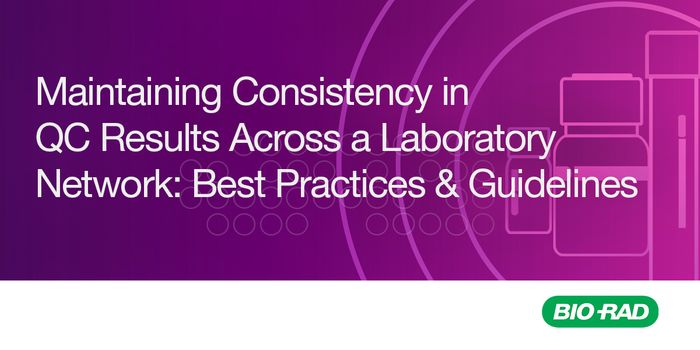Saliva Test for Early Detection of Mouth and Throat Cancer
“Oropharyngeal cancers (OPC) is one of the fastest rising cancers in Western countries due to increasing Human Papilloma Virus (HPV)-related incidence, especially in younger patients. It is pre-eminent to develop surveillance methods that can help improve early detection and outcomes,” quoted co-lead investigator Tony Jun Huang from Duke University in the U.S.
Early detection of mouth and throat cancers is difficult because their location (in the back) makes it challenging to see by the health care providers during routine clinical exams.
Researchers from Duke University, UCLA, and the University of Birmingham in the U.K. report the development of a new noninvasive acoustofluidics test that analyzes saliva for the presence of HPV-16, the pathogenic strain associated with OPCs. The novel technique detected OPC in whole saliva in 40% of patients tested, and 80% of confirmed OPC patients. Results were published online December 13 in the Journal of Molecular Diagnostics.
The tiny 'acoustofluidic' chip separates exosomes in the saliva by removing unnecessary particles using a size-gradient isolation method. Exosomes are small microvesicles originating within cells that get secreted into body fluids. They play an essential role in intercellular communication, and their numbers elevate in association with several types of cancers.
Acoustofluidic exosome isolation chip for salivary exosome isolation. The microfluidic channel is shown by a red dye solution and the coin demonstrates the size of the chip. Two pairs of gold interdigital transducers are deposited along the channel, which separates particles according to size. Image Credit: The Journal of Molecular Diagnostics
Why is the Acoustofluidics test advantageous?
- The testing is efficient; even the saliva of a patient gets more or less viscous.
- It is an automated and rapid process that can yield isolates exosomes as early as 5 minutes compared to the conventional methods, which might take more than 8 hours.
- The testing costs less than other similar technologies used currently.
- It is very much non-invasive, allowing continuous long-term monitoring of patients to assess the progression of the tumor.
- This testing method can be easily put into practice clinically.
"The saliva exosome liquid biopsy is an effective early detection and risk assessment approach for OPC," said co-lead investigator David T.W. Wong, DMD, DMSc, of the Center for Oral/Head and Neck Oncology Research, School of Dentistry at the University of California Los Angeles, CA, USA.
Source: Eurekalert, NewsMedicalNet, Journal of Molecular Diagnostics









